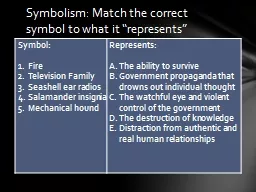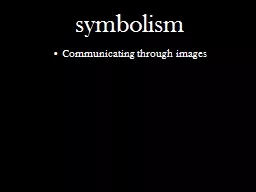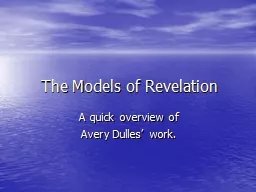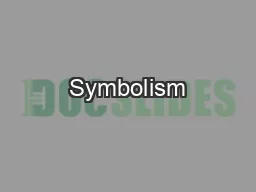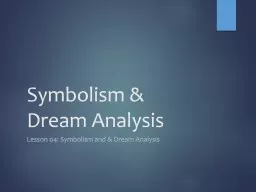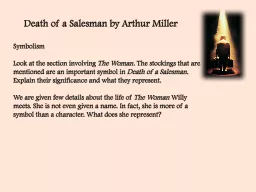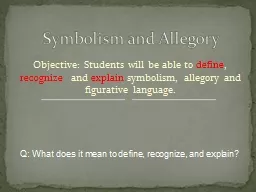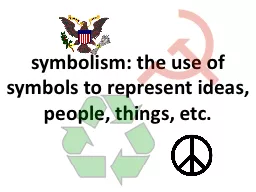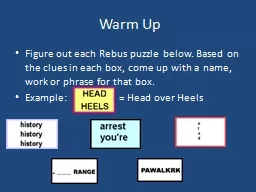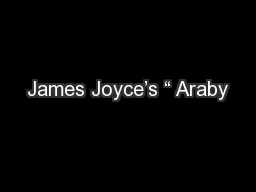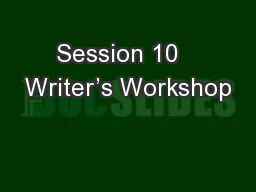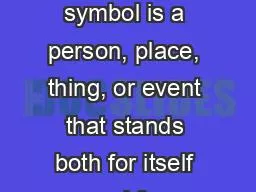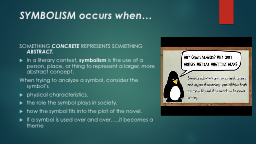PPT-Symbolism: Match the correct symbol to what it “represent
Author : liane-varnes | Published Date : 2017-01-27
Symbol Fire Television Family Seashell ear radios Salamander insignia Mechanical hound Represents The ability to survive Government propaganda that drowns out individual
Presentation Embed Code
Download Presentation
Download Presentation The PPT/PDF document "Symbolism: Match the correct symbol to w..." is the property of its rightful owner. Permission is granted to download and print the materials on this website for personal, non-commercial use only, and to display it on your personal computer provided you do not modify the materials and that you retain all copyright notices contained in the materials. By downloading content from our website, you accept the terms of this agreement.
Symbolism: Match the correct symbol to what it “represent: Transcript
Download Rules Of Document
"Symbolism: Match the correct symbol to what it “represent"The content belongs to its owner. You may download and print it for personal use, without modification, and keep all copyright notices. By downloading, you agree to these terms.
Related Documents

